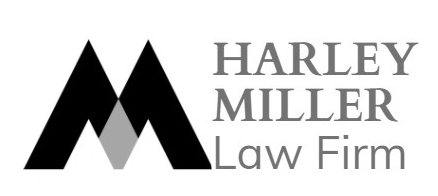Understanding the structure of a patent document is important because it serves not only for submitting a patent application but also for finding technical, legal, and/or commercial information in the patent document that you are interested in. Patent documents typically have the same structure on all countries and, though there may be small changes, they are generally arranged as follows:
The first page: a summary of the patent that includes the filing date, priority date, patent grant date (if the patent is protected), patent number, and information about the creator and applicant. and industrial property (if any), technical data and categorization, and a brief explanation of the patent with illustrations.
Description: a detailed description of the patent to the extent that a person with the same qualifications as the creator can carry out the invention based on the description and drawings. In reality, some subjects (for example, gene sequences for biotechnology inventions) require more supporting documentation on floppy disks, CDs, or other external storage media. different from regular patent documents.
Protection requirements: Determine the scale of protection. This is generally regarded as the most important part of the patent. It is essential that the claims be well-drafted, properly describing the patent’s new contents. Claims are normally numbered, with 1 being the largest claim and then “dependent” claims that relate back to prior claims. Descriptions and illustrations are required for patent claims.
Drawing: displays the patent’s technical details. If necessary, many drawings might be included. Numbered drawings are typically used to indicate the different parts or technical sides mentioned in the description.
Search report: provided by the patent office, comprising a list of patents, books, papers, conference documents, and so on, all of which are related to the invention under review. This is important information that is frequently neglected by those who use patent documents to find information.





